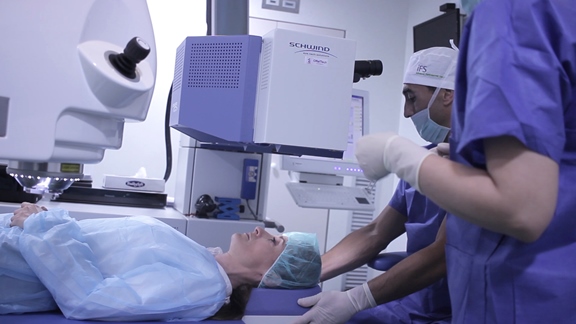Cancer treatment radiation, also known as radiation therapy or radiotherapy, is a common form of cancer treatment that uses high-energy rays to destroy cancer cells. It is often used in combination with other treatments like surgery and chemotherapy to provide a comprehensive approach to cancer management.
In this article, we will explore different techniques used in radiation therapy, its benefits, risks, and how it is integrated into cancer treatment plans.
Techniques of Radiation Therapy
Radiation therapy can be delivered using different techniques, depending on the type, stage, and location of the cancer. Some common techniques include:
External Beam Radiation: In this technique, a machine outside the body delivers radiation to the cancer site. It can be delivered in different ways, such as three-dimensional conformal radiation therapy (3D-CRT), intensity-modulated radiation therapy (IMRT), and stereotactic body radiation therapy (SBRT). These techniques allow for precise targeting of the tumor while sparing surrounding healthy tissues.
Brachytherapy: Also known as internal radiation, this technique involves placing radioactive sources directly into or near the tumor. It can be temporary or permanent and is commonly used for cancers like prostate, cervix, and breast cancer.
Proton Therapy: Proton therapy is a type of external beam radiation that uses protons instead of X-rays. Protons can deliver radiation directly to the tumor, minimizing radiation exposure to healthy tissues surrounding the tumor.
Benefits of Radiation Therapy
Radiation therapy offers several benefits in cancer treatment:
Localized Treatment: Radiation therapy can target cancer cells in a specific area, minimizing damage to nearby healthy tissues. This makes it an effective option for cancers that are confined to a particular site.
Cure or Control: Radiation therapy can be curative for some cancers, leading to complete remission. It can also be used to control cancer growth, relieve symptoms, and improve quality of life in advanced cancers.
Combined with Other Treatments: Radiation therapy is often used in combination with surgery, chemotherapy, or immunotherapy to provide a comprehensive treatment plan. It can be used before surgery to shrink tumors, after surgery to kill remaining cancer cells, or concurrently with chemotherapy to enhance its effectiveness.
Risks of Radiation Therapy
While radiation therapy can be highly effective, it also carries some risks and potential side effects, including:
Skin Changes: Radiation can cause redness, itching, and dryness of the skin in the treatment area. In some cases, the skin may become more sensitive and prone to infections.
Fatigue: Radiation therapy can cause fatigue, which can be temporary or long-lasting, depending on the treatment duration and dose.
Damage to Healthy Tissues: Although efforts are made to minimize radiation exposure to healthy tissues, radiation therapy can still cause damage to nearby organs and tissues, leading to potential long-term side effects.
Risk of Secondary Cancers: Radiation therapy, especially at high doses, can increase the risk of developing secondary cancers in the future.
Conclusion
Radiation therapy is an important component of cancer treatment and can be delivered using various techniques depending on the type and stage of cancer. It offers benefits such as localized treatment, cure or control of cancer, and combined use with other treatments. However, it also carries risks and potential side effects. If y
ou are undergoing or considering radiation therapy, it’s crucial to discuss the potential risks and benefits with your healthcare team to make informed decisions about your treatment plan.


